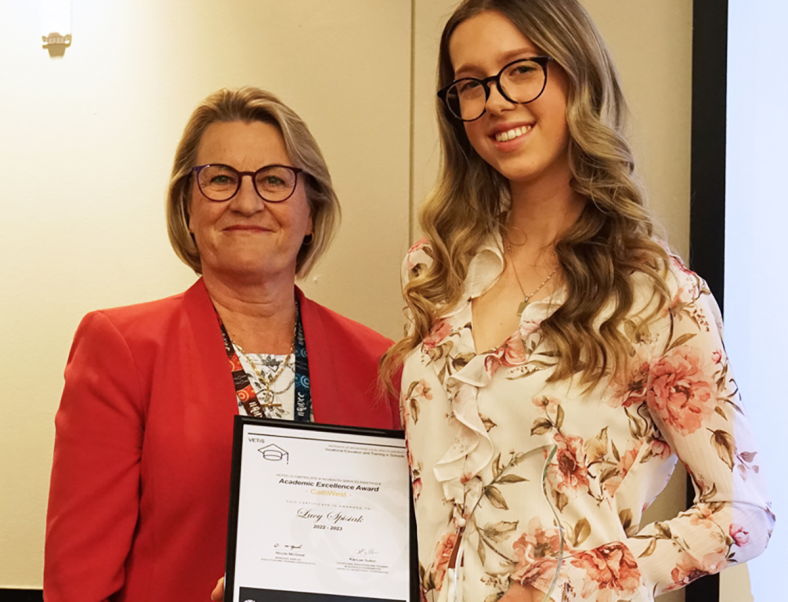
Scientists from Nanyang Technological University, Singapore (NTU Singapore) have synthesised a molecular probe that has the potential to track the development of liver disease and provide a fast way to see how well drugs are working in treating diseases.
Working with mice, the NTU scientists focussed on two important disease indicators known as reactive nitrogen species (RNS) and reactive oxygen species (ROS) that have very similar chemical properties.
When there is inflammation, infection or cancer, or when a new drug is introduced in the body, RNS and ROS are among the first indicators to rise in their levels.
The respective levels of RNS and ROS change through the course of a disease, and are markedly different when the body is healthy, meaning that together they could be used to pinpoint disease stages.
However, while current imaging technologies can track RNS and ROS, they cannot differentiate between the two.
Now for the first time, the NTU-developed probe has made it possible to see the locations and levels of the two species, providing a potential new approach for visualising how a disease is developing or the body is reacting to a drug.
Professor Xing Bengang from NTU School of Physical and Mathematical Sciences who led the team said, “RNS and ROS are like the ‘twin rascals’ in our body, similar in their chemical properties and hard to differentiate when detected simultaneously. Being able to get information on their levels would give us clues about how certain diseases develop and how the body is responding to certain drugs. This could become a big advantage over imaging methods such as MRI and CT scans, which do not differentiate between the two reactive compounds RNS and ROS.”
To get around this problem, Prof Xing’s research team developed fluorescence light-responsive nanocrystals which, paired with a modern photo-ultrasound imaging technique that uses near-infrared light, can let researchers detect and distinguish between RNS and ROS present in body tissues.
How the light-sensitive nanocrystals detect disease
The nanocrystals were first injected into mice with liver disease, through their tail veins. Inside the body, some parts of the nanocrystals selectively respond to ROS, while other parts selectively respond to RNS.
The researchers had synthesised the nanocrystals such that its chemical reactions with ROS would not interfere with its chemical reactions with RNS.
When near-infrared light, which is tissue penetrable, is shone on the mice from outside the body, the nanocrystals “light up”. The photo-ultrasound imaging technique absorbs this light and converts it into ultrasonic signals, which can show the presence of ROS and RNS in separate channels and in real time.
The research team took two years to develop their findings which were published in the journal Nature Communications.
Prof Xing said, “Currently, the diagnosis of liver disease in people involves the drawing of blood and analysing the levels of certain enzymes in the blood. This process takes a few hours or even days. Our imaging method can diagnose liver disease in mice within a few minutes and it is less invasive as it involves scanning but not the drawing of blood.”
He added, “As the levels of RNS and ROS in the body are dynamic and quick to change, this technique means we can diagnose the liver disease in mice at an earlier stage, even before their enzyme levels change.”
Assistant Professor Ran Chongzhao from the Martinos Centre for Biomedical Imaging at Massachusetts General Hospital and Harvard Medical School, who is not part of the study, said, “Prof Xing’s imaging method allows for precise tracking of the complex dynamics of radical species and real-time “seeing” of diseases at different stages. While more tests need to be done, the work has broken several barriers in biomedical imaging, and may be of clinical use in the future.”
The NTU research team next plans to use their method to assess drugs and their induced therapeutic response in living animals.
/Public Release. View in full here.








